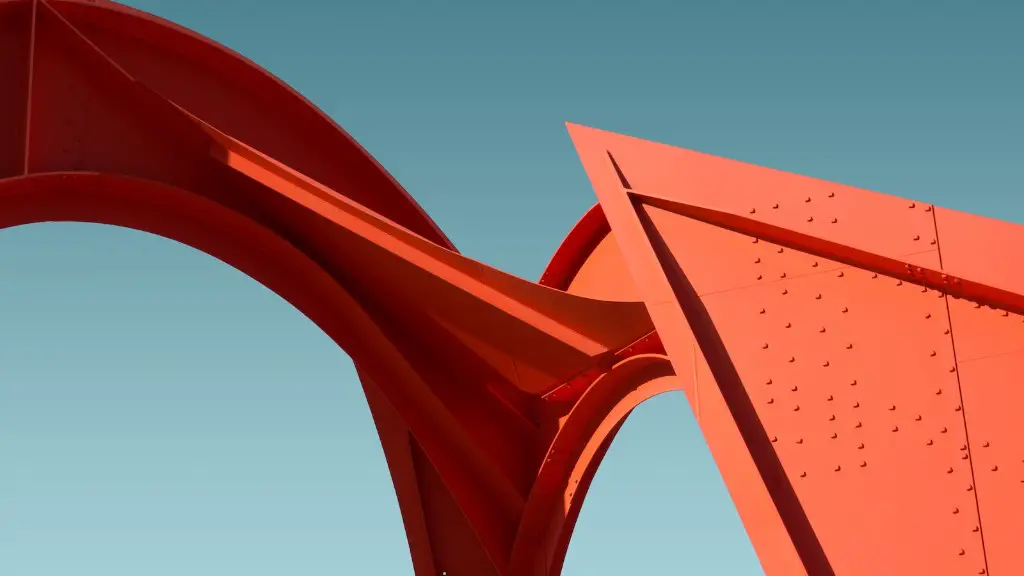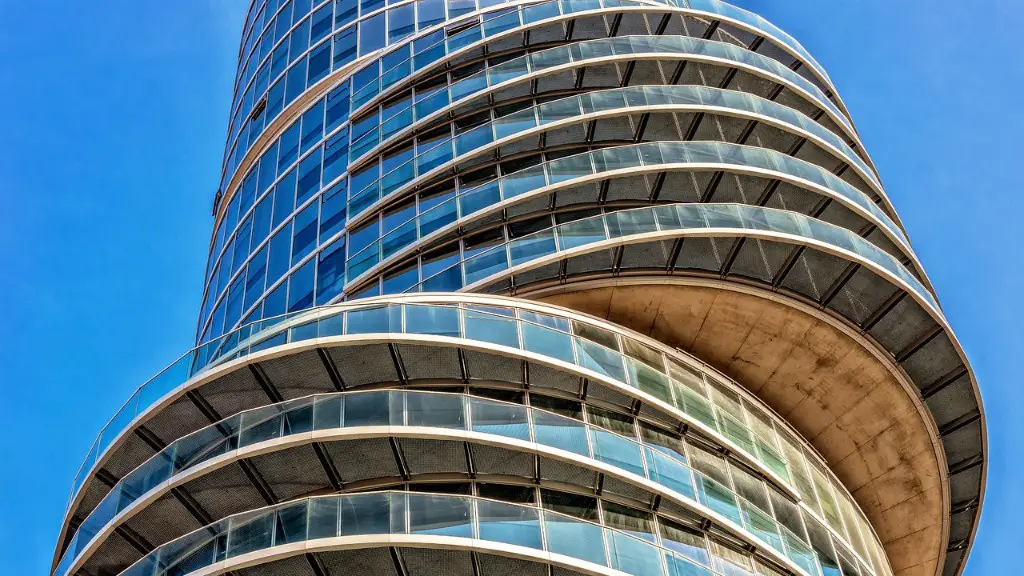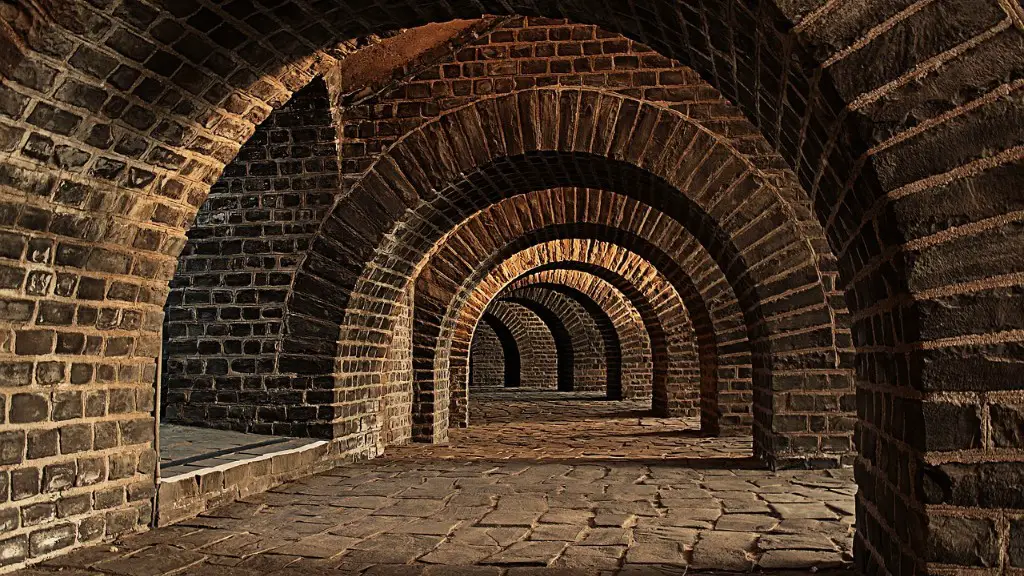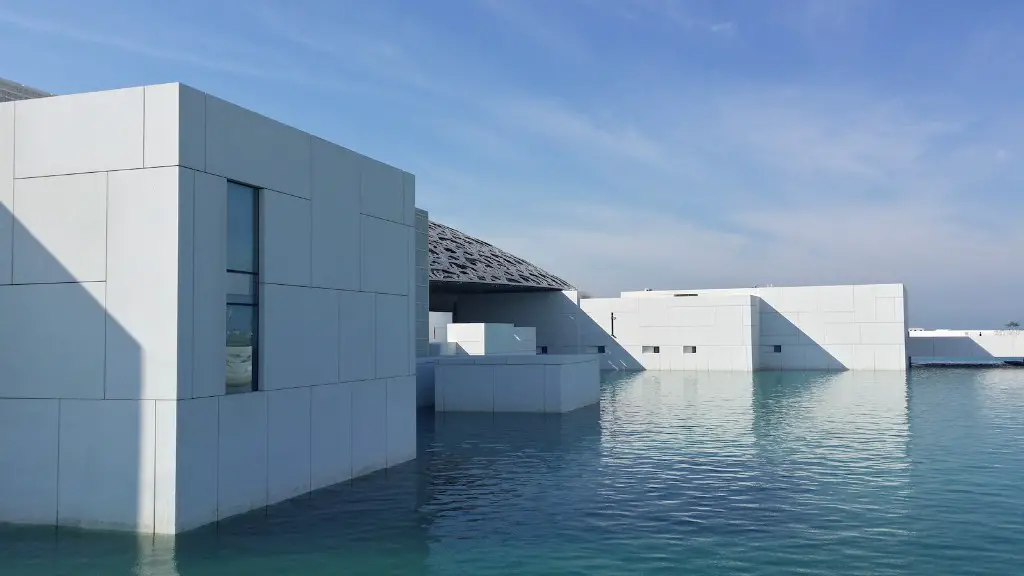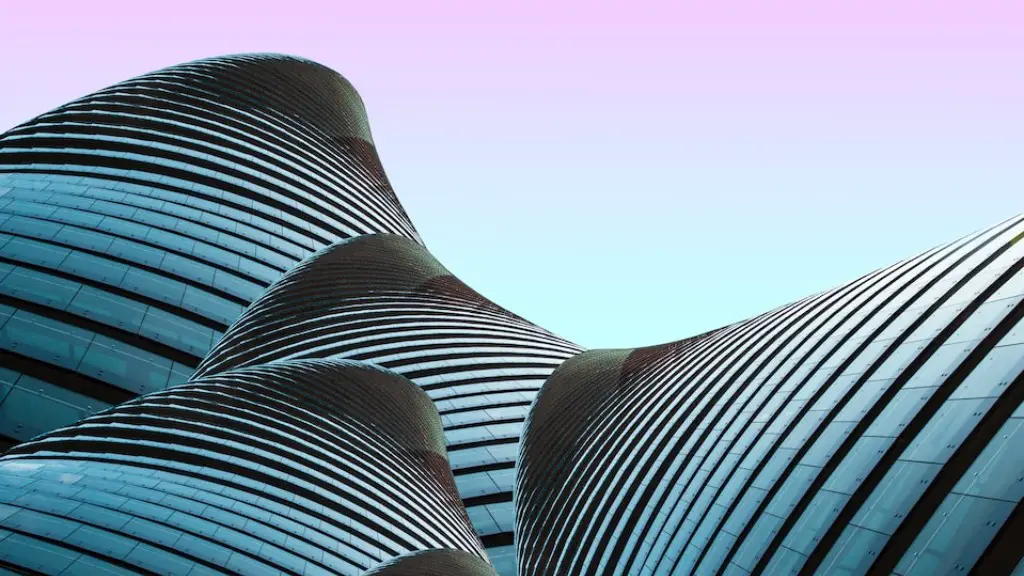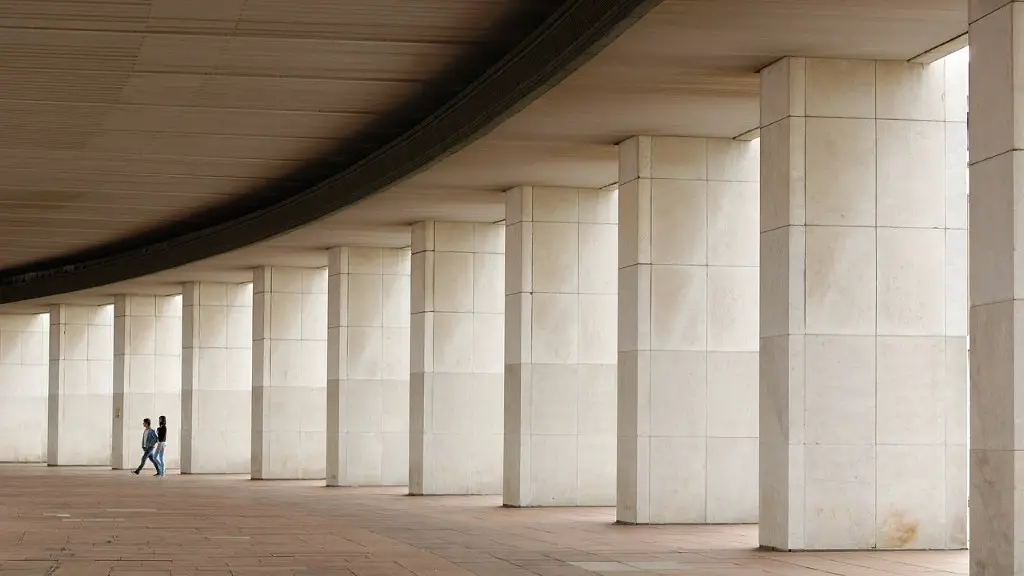Water architecture has become a popular choice for modern architectural design in residential and commercial buildings. Water architecture focuses on the power of moving bodies of water to create unique and dynamic visual effects. This type of architecture has been around for many years but has recently risen in popularity as architects have become more creative with how they design their buildings. Water architecture is an evolving architectural style that combines modern form, structure and materials with the potential for artistic expression.
The integration of flowing water into a building’s architecture is not a new concept. Historical buildings such as luxury mansions, grand palaces and religious complexes often included water features like artificial lakes, streams or waterfalls. Today, water architecture is being used to create a more inviting atmosphere while simultaneously providing a functional purpose. By adding water features to an outdoor environment, architects are able to create a sense of tranquility and peace to an otherwise ordinary landscape.
Water architecture is a combination of horticulture and engineering. Horticulture is used to improve the aesthetics of a landscape by creating an inviting atmosphere with different kinds of plants, trees and flowers. Engineering, on the other hand, is used to shape the landscape into a functional being by creating streams, canals and waterfalls that flow with the natural contours of the land. By incorporating these two elements, water architecture adds a unique character to any building and its surrounding environment.
The key to implementing a successful water architecture is its efficient integration. It is important for architects to consider the surrounding environment, materials and costs when designing their structure. It is essential for architects to take into account the current regulations in place before implementing a water feature. Local power, gas and sewage utilities should also be consulted before any construction is undertaken.
One of the most important criteria for successful water architecture is finding the right combination of chemistry and physics. Proper analysis of the soils and waters are essential for ensuring the success of the structure. Water chemistry tests should be performed in order to determine levels of oxygen, alkalinity and other characteristics of the water. This information is crucial in order to determine the proper vegetation and wildlife that can be sustained in that specific environment.
Another factor to consider is the overall cost of the project. While water architecture can be a very attractive addition to a home or building, it can also be very expensive to realize. As a result, it is important to consider the budget and to look for ways to reduce costs in order to make the project more affordable. If the budget is limited, architects may need to make some compromises when it comes to the materials and design of the water feature.
Finally, sustainability is another important aspect of water architecture. Architects must ensure that the water feature is built in a way that will not adversely affect the environment. The water used should be carefully controlled and monitored to ensure that it is not damaging any local habitats or ecosystems. Architects need to be aware that water features are considered a “living” entity, and should therefore be designed to last for the longest period of time possible.
Environmental Aspects
When using water architecture, environmental aspects must be taken into consideration. In some cases, there may be a need for additional permits or regulations to be met before any work can begin. Architects must pay attention to local laws and regulations before starting a water feature, as these documents can vary from place to place. Additionally, it is important to work closely with an environmental team to ensure that the construction of the water feature does not disrupt any habitats or ecosystems in the area.
Using environmentally friendly materials, such as native plants, is essential for creating a harmonious balance with nature. The presence of different kinds of vegetation and plant life can help attract and maintain wildlife that can help to keep the water feature healthy and vibrant. Furthermore, architects must also pay attention to the energy needs of the project, in terms of power and water, in order to reduce any negative impact on the environment.
Using low maintenance, recyclable and renewable resources such as gravity fed systems, is another way to reduce the environmental impact of water architecture. Renewable energy sources such as solar energy should also be incorporated into the design, whenever possible. Finally, it is important to use materials that are not harmful to the environment, such as recycled plastics and natural stones. This will ensure that the water feature can remain in harmony with nature for many years to come.
Safety Precautions
Water architecture should also be designed with safety in mind. While the presence of a water feature can be very inviting, it can also be potentially dangerous. Consideration should be given to the types of aquatic plant and animal life that may be present in the water feature, as well as the safety of those who would be using the water feature. A risk assessment should be carried out to ensure that the water is safe to use, while still allowing the desired aesthetic effect.
When implementing safety measures, architects should consider the needs of both humans and wildlife. For example, fences should be designed with wildlife in mind so that they do not become trapped. If buildings are adjacent to the water feature, the architects should carefully assess the safety of those who are likely to use it, such as children.
Architects should also recognize any potential hazards and take the necessary steps to reduce the risk. For instance, it is important to devise a plan in the event of flooding, power outages or major storms. If there are any large bodies of water, it is important to ensure that the design takes into account the potential for deep currents and other underwater hazards. Additionally, special measures should be taken to ensure the safety of both users and wildlife if any dangerous substances are added to the water.
Implications on Life
Water architecture has a far-reaching impact on the environment and can also create long-term positive effects on the community. The presence of a water feature can act as a natural focal point for a residential or commercial area and can serve to attract wildlife and help to increase biodiversity. As a result, people living in close vicinity to water architecture have reported feeling more connected with nature and have experienced more relaxation.
Furthermore, water architecture has a number of economic benefits as it can increase property values in a neighborhood. The presence of a water feature can be an attractive add-on for potential buyers, especially those looking for a tranquil and relaxed oasis. Additionally, architects may elect to design a water feature to function as a pond or lake that can be used for fishing and other water-based activities. This type of leisurely activity can help bring residents of a community together.
The presence of a water feature can also be of benefit to local businesses as it adds to the aesthetic of the area and increases its desirability for potential customers. Furthermore, it creates an inviting atmosphere for tourists and visitors, which can lead to an increase in business for local restaurants and attractions.
The Future of Water Architecture
Water architecture is an exciting and important part of modern architecture, and its potential for creating inviting environments is immense. Despite the potential costs and challenges that come with the implementation of a water feature, the rewards are often well worth it. As architects continue to push the boundaries of water architecture, this type of design will continue to be an important part of modern architecture.
In the future, water architecture is likely to become even more popular, as architects become more creative with their designs. The public’s appreciation for the artistry of water architecture is also likely to increase. Government agencies and local authorities are likely to take an active role in promoting water features, as they recognize the potential benefits on the environment, local businesses and the overall quality of life for local residents.
Another factor likely to play an important role in the future of water architecture is technological innovation. With the introduction of smart technologies, water features will likely become even more automated and efficient, allowing architects to create even more creative designs. Additionally, the materials used in water architecture are likely to become more environmentally friendly as new technologies and materials become available.
Conclusion
Water architecture is a highly creative and exciting field of modern architecture, and its potential for creating attractive and inviting environments is immense. Architects need to consider the local regulations, chemistry and physics of the location, cost, sustainability and safety when implementing a water feature. In addition, water features can also have positive economic, social and environmental benefits for the surrounding area. As the technology for water features continues to evolve, the potential for innovative and creative designs is sure to increase.
